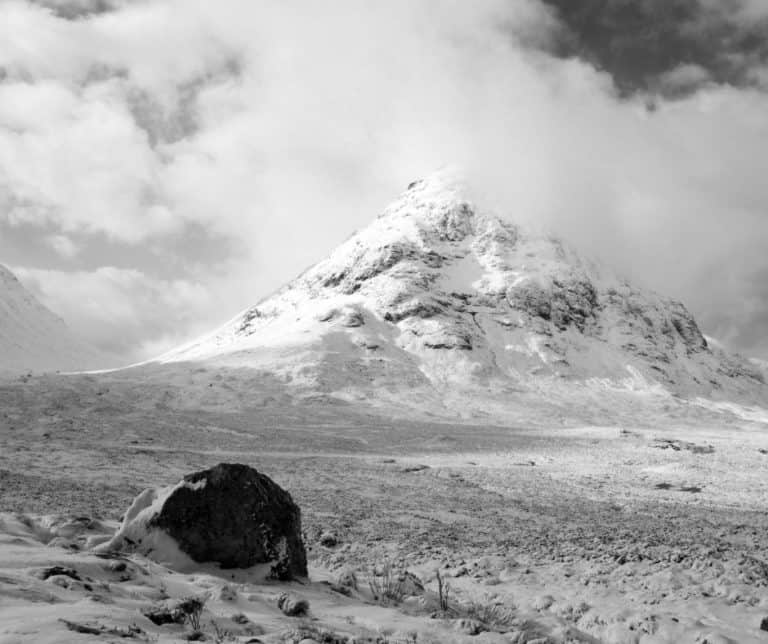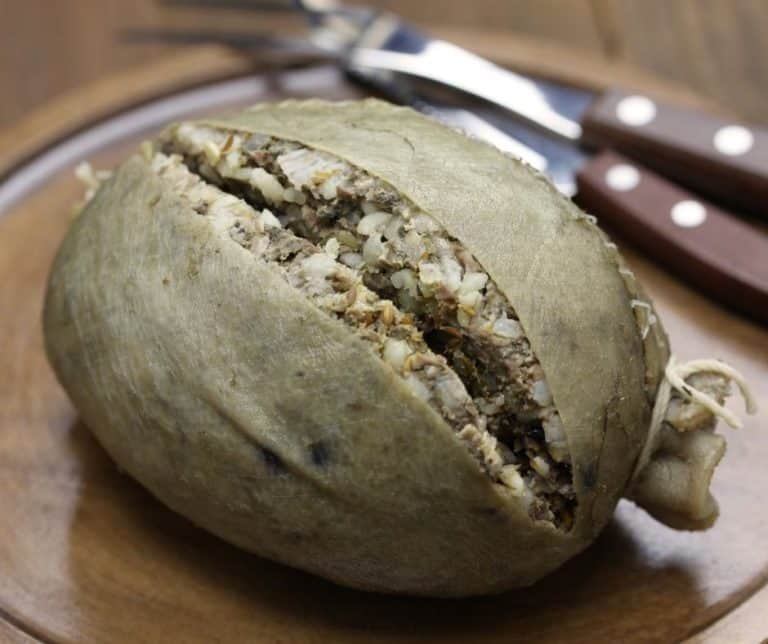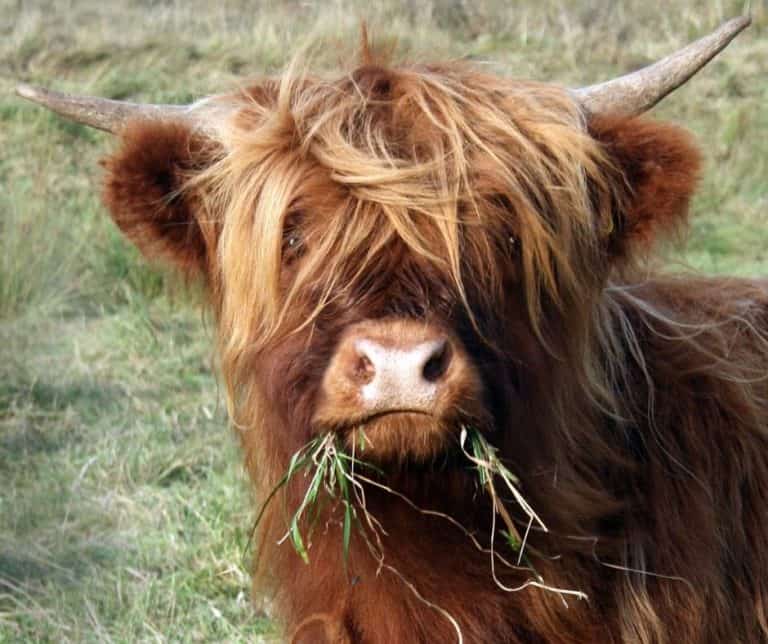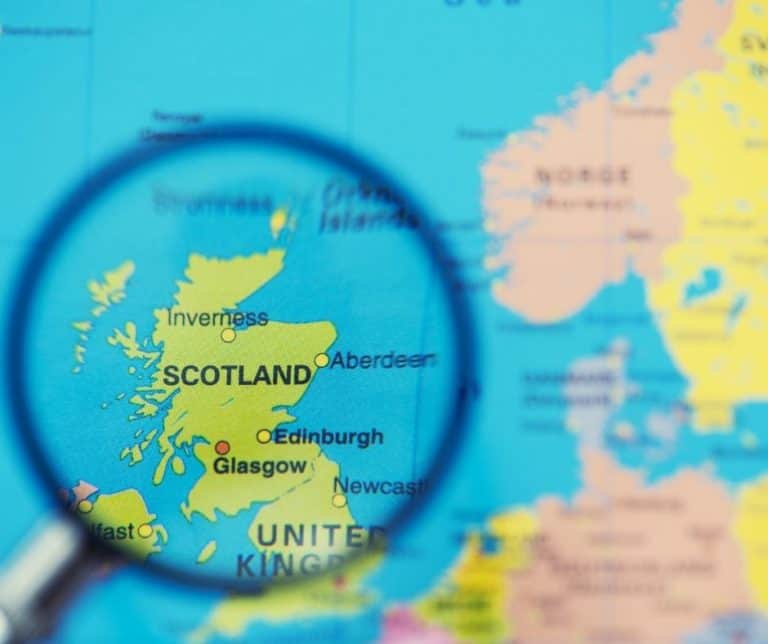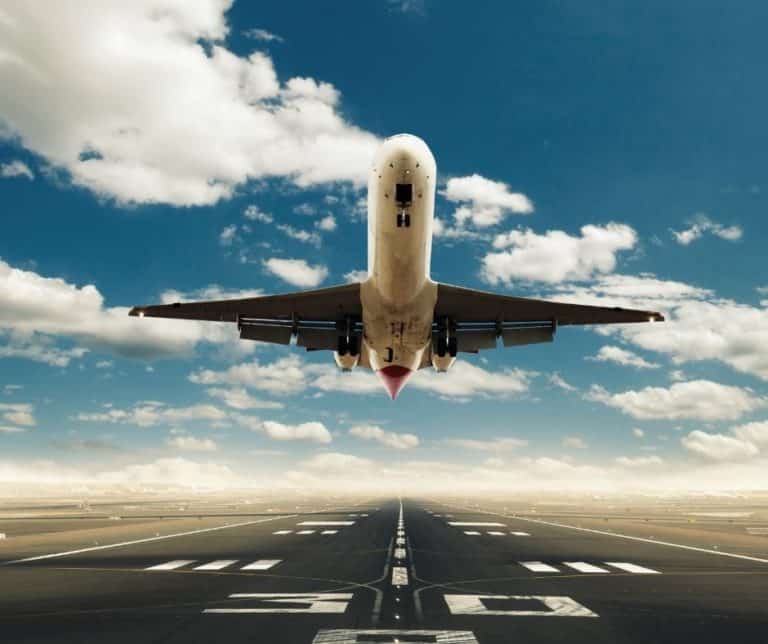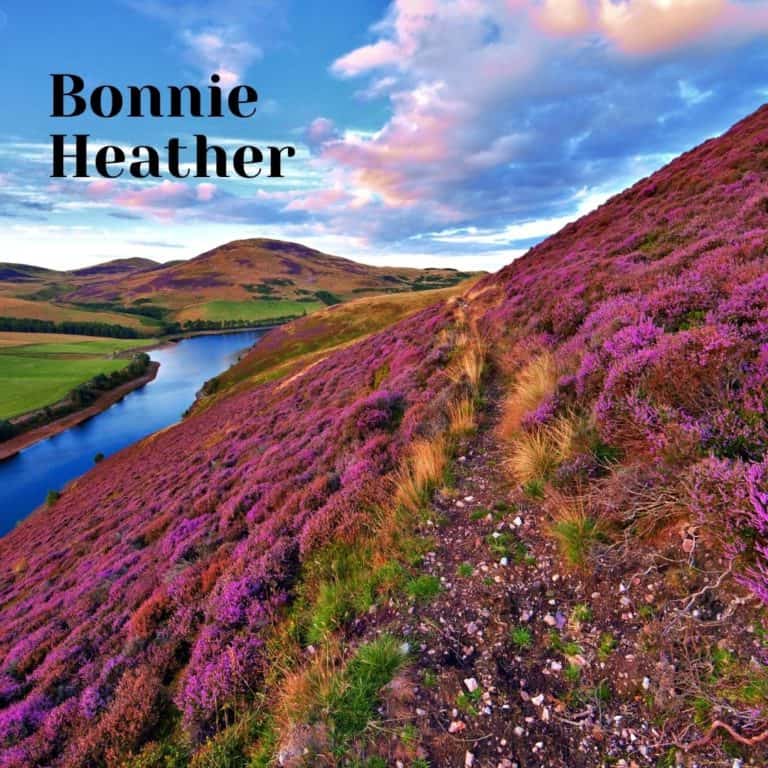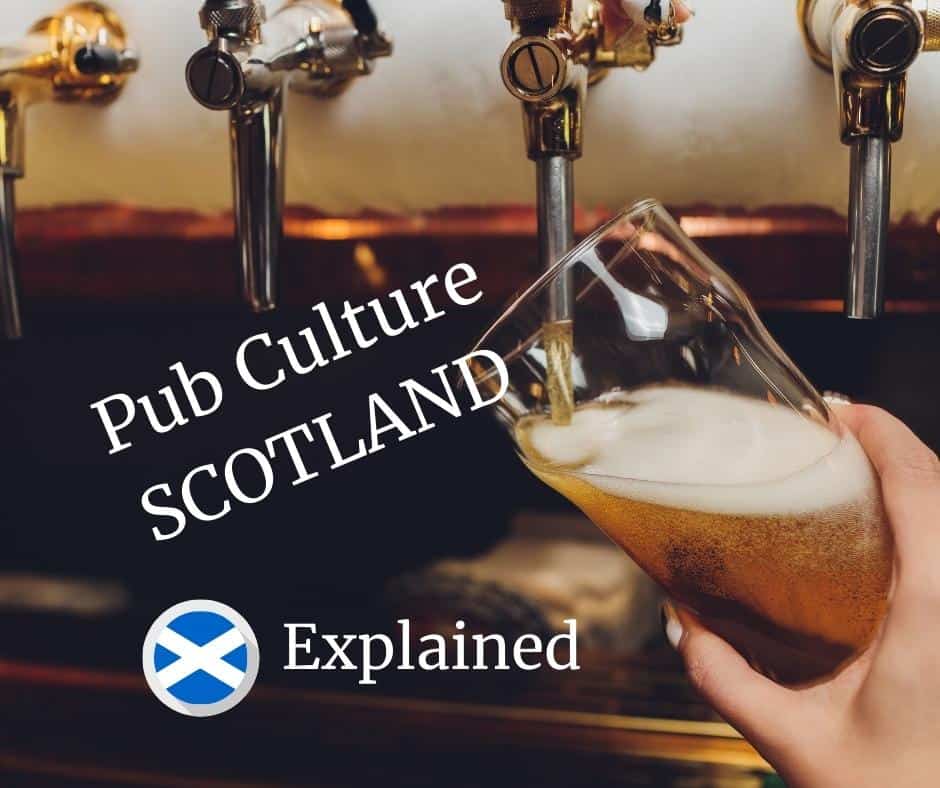
Scottish Pub Culture
When I started to write this article, I thought it would be a simple task to tell you about Scottish Pub Culture.
How hard can it be? After all, I have been going to the Pub since I was 16, two years before I was legally allowed to.
It was a right of passage in the ’70s to “get into the pub”
Funny how I used to wish to look older and now I wish to look younger.
(not really – I am what I am)
I also owned, managed, and ran a small hotel in rural Scotland for four years. The hotel also had the only Bar in the village.
My hotel also had a 120 person capacity function room, with a further bar and stage. It was well used for events from Birthdays to Engagement parties.
However, when I started writing, I realised that so much of Scottish Pub Culture is acquired through experience.
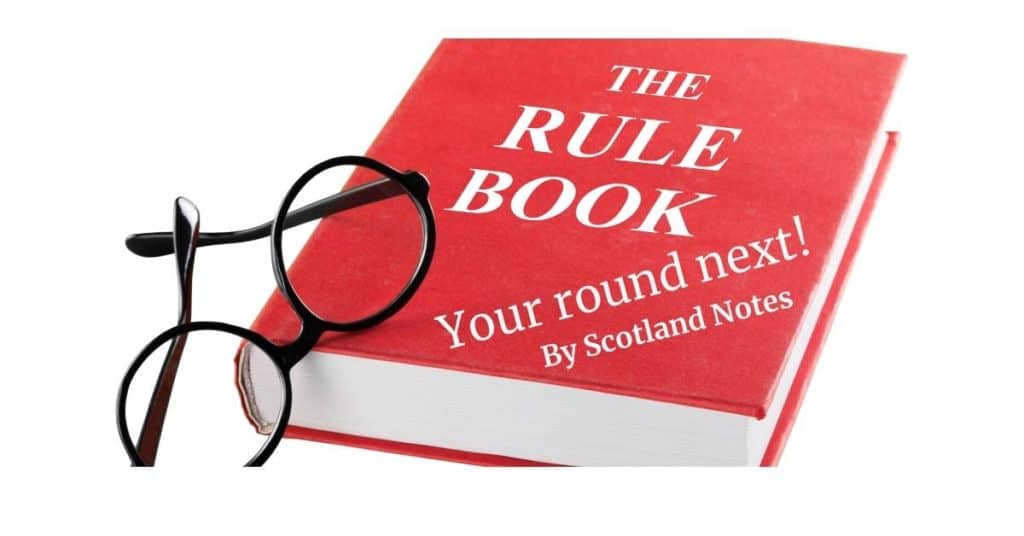
If you grew up anywhere in the UK, there is not much new information for you here and the “ground rules” are similar throughout the country.
Hopefully, you will find this a helpful guide to Scottish Pub Culture if you are from outside the UK.
Nothing is going to happen to you for being the “Newbie.”
First of all – don’t worry about making a mistake. As a visitor to Scotland, you are forgiven all (well almost all) sins but you might cause the odd eyebrow to be raised.

Most of the Scottish Pub Culture will wash over you, you will not be aware of it as people in Scotland are very understanding.
As I take you on this journey, I will highlight the few noteworthy points you should bear in mind, so you don’t feel too much of a fish out of water.
The rest is just the “add ons” and “nice to know” features, but not life or death
Is it a Pub or is it a bar?
That is the question.
Are you going to the Pub or Bar? Just to make it more challenging, every Pub has a Bar, but not every Bar is a Pub – See, you’re confused already.

.
Bar – If the drinks area is part of another establishment, it’s a Bar.
For example
Pub – A pub is a stand-alone building. The primary business is serving drinks although it will most probably sell food as well and may have a room or two above it for Bed and Breakfast
Some Scottish Pub names are
They do not have the word “Pub” in the name, but “Bar” is not unusual.
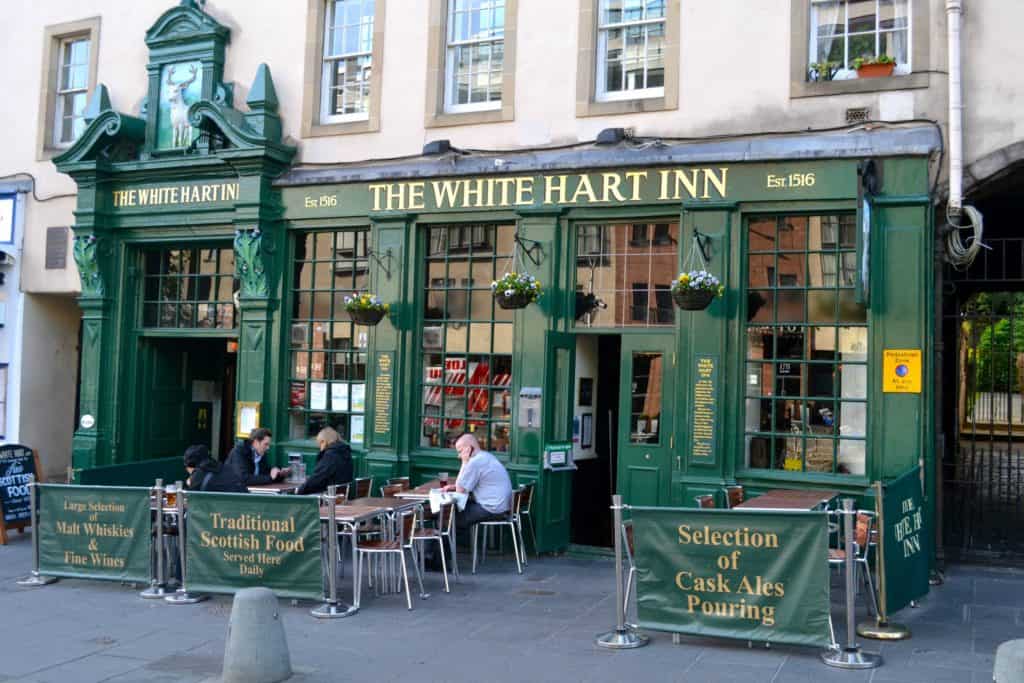
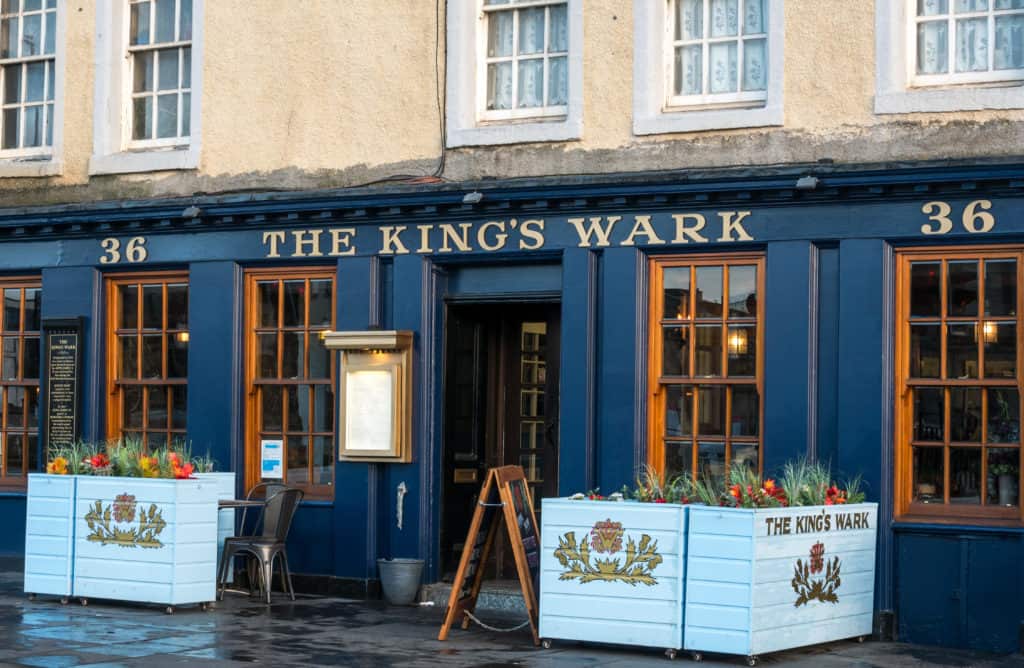
So – Pretty easy to understand – Yes?
Ha ha hold your horses.
A pub can also be called a Bar if it specialises in one particular style of drink or has a theme.
Such as
If a Pub is often frequented mainly by students, it can also be known as a Bar.
“That place is a Student’s Bar.”
And the last level I will go to is a Dive Bar. A Dive Bar can be a Pub or a Bar that does not have a good reputation.
Shall we go to “The Pig and Blanket”? “Na, that place is a Dive bar.”
So ready to see if you have got it?
You might arrange to meet your friend at the Hotel Bar so you can decide which Pub to go
Then on to Whisky Bar to end the night but agree not to go to The Pig and Blanket as it has become a right Dive Bar.
Also, you could pop into a Student Bar on the way home.
I can imagine your baffled looks right now
Enough about Bars – Let’s talk pubs
From now on, we will restrict ourselves to Pubs, but just for clarity (in case you did not know), all Pubs have a bar from which the drinks are served.
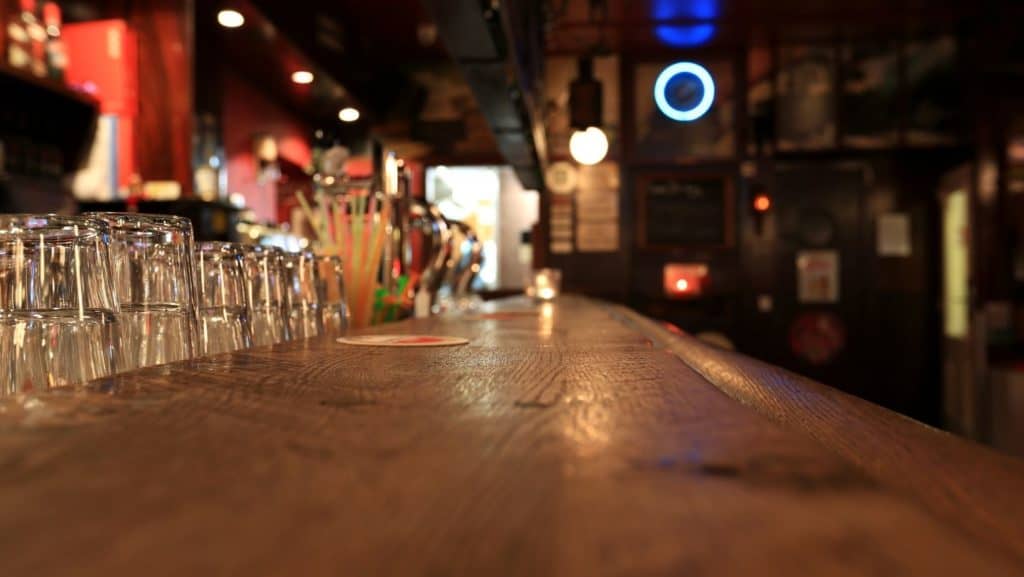
You also use the bar to control what sort of night you want to have but we will cover that later.
Types of pubs – who owns them
The Freehouse Pub is a Pub that is owned outright and customarily run by the Owner/ Landlord and staff.
The Landlord is free to control the Pub. It is their choice of how it is run. Food and drinks are the Landlords choice.
Managed Pubs. Many major beer breweries own pubs and they put in their own management.
The Pubs will only sell the drinks of the brewery’s choice, which will be dominated by the brewers brand and selected partners to cover gaps.
Leased. Pubs owned by the brewery can be leased. The leaseholder will have a reasonable amount of input in how the Pub is presented and run. Once again, the brewery products will be to the fore.
Tied Pubs are usually individual-owned Pubs that have entered into an agreement with a Brewery in exchange for a loan or to be part of their marketing endeavours.
The negotiating skills of the Landlord will decide what is stocked and how the Pub is run.
Chains. If a business owns three or more, they are called a Chain and the pubs will be run to fit the business owner’s wishes.
The larger and national chains are very much corporate-controlled to the last detail. Still, they offer the best value for money with the tradeoff of having little atmosphere.
So many Pubs – so little time
Scotland is a nation that has integrated history with Pubs dating back over 600 years. In one way or another, Pubs are woven into the fabric of society.
Scottish Pub Culture has the same long history
Edinburgh has over 200 pubs.
The centre of the universe.
There is not much that happens in Scotland that does not involve having a drink, and usually a Pub at some point.
Friends old and new – enemies new and old
Lifelong loves and one-night stands.
Newborn celebration and farewells to the departed.
Business and betrayal- tears of laughter – groans of dismay,
Rugby and football,
Darts and dominoes – pool and cards,
Sunday lunch with the family – a bar snack at lunch
Drop-off point and departure place—navigation aid for giving directions
The Puritans may hate them and the harm they do to Scottish society, but they are here to stay. Pubs will change along with the changing drinking public.
Right – on to The Scottish pub culture
Form a line – Make a Queue
The Pub is one of the few places we don’t queue. However, it does not mean there is not one. The Bar staff keep a watchful eye on who has approached the Bar and whose turn it is next.
Service will be in strict order most of the time, but occasionally a single drinker or a local may get priority or be served on the fly if the drink is known.
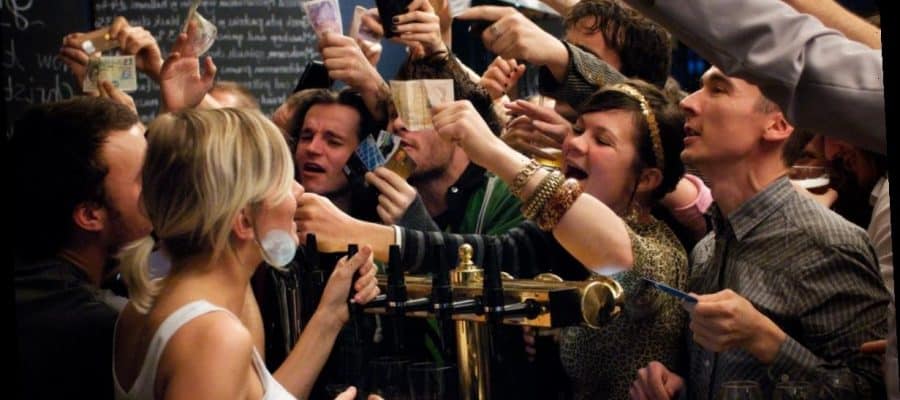
It will not help you get served any quicker with gestures, and certainly not by hissing, clicking fingers, or showing signs of impatience.
Let them see you are ready to order by having money clearly visible in your hand and establishing eye contact to get the Barkeeper’s attention.
If you are chatting with your friend at the crucial time, you will likely be overlooked until after another thirsty customer is served.
If you know one or more of the drinks in your order takes a longer time to pour, for example, Guinness or some “real ales”, then give the order in that sequence.
“Oh, and a Guinness” asked for as the last drink of the order is placed on the bar in front of you will, for sure, get you that raised eyebrow we spoke about
It is not unusual at a bustling bar for the Barkeeper to say, “You’re next” when they recognise your waiting time.
Pick and choose the pub YOU want
If you are reading this, I would guess you have limited experience with Scottish Pub Culture.
Crowded Pubs, with people jostling at the bar 2 or 3 deep only happen at certain times and in particular Pubs. Student bars at weekends are a good candidate.
I suggest that these times and places are not the best venues and occasions to have a good Pub experience unless you are out for that sort of night
At my age (3 scores and a bit) a visit to a pub that has enough room to be at the bar and a noise level that allows some good Craic is perfect.
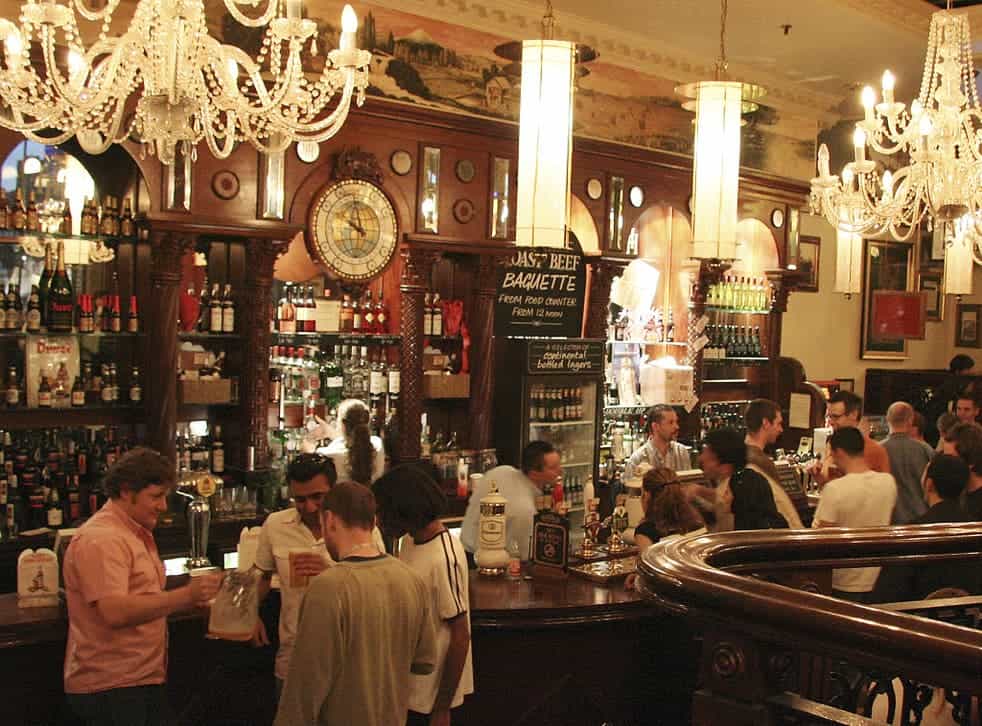
Each to their own – There are always the other five establishments a short walk away.
Out of the Main Citys
To get the true feeling of a Scottish Pub Culture, it is better to be out of the main city centres. The further out you travel, the more authentic it gets
When you reach the towns and villages surrounding the cities, you will be visiting the “local.”
A “local” is the Pub that you frequent if you live in the area. It is the social focal point for many folks.
When you go into a pub, you can choose to interact with the other clientele or not. If you want some quiet time, then get your drink, head over and sit at one of the tables. It is doubtful you will be disturbed.
However, if you seek conversation and some banter, stay at the Bar, either standing or sitting on a bar stool.
This is what I was referring to when I said you use the bar to decide what sort of experience you are looking for during your visit.
It will not take long for someone to start up a conversation with you.
It would be unusual to introduce yourself at the start of a conversation in Scotland. It usually takes a little while for people to warm up.
Before long an invitation to have a drink will be forthcoming.
The swapping of names and perhaps a handshake takes place after a two-way conversation has been established. Sometimes this can even take place at the end before one person leaves.
Cheers
An offer of a drink comes with a caveat.
If you accept then you need to stay at the bar chatting for at least two drinks as you will need to buy one back.
When you receive the bought drink wait until the other person has their drink too, then raise your glass chin high and look the other person in the eyes and say “Cheers” Sometimes the Gaelic is used just for tradition Slàinte Mhath or often just Slàinte.
How to pronounce Slàinte Mhath
Cheers may be said the 2nd time again but after that, it’s usually dropped
If you don’t want a drink, say no thanks and add a small excuse. “I am taking it slow” or “just in for one” No offence will be taken.
Don’t be surprised if other people at the bar start to join in with the conversation. They will often ‘buy’ their way in and before you know it you have a “round’ going on.
Your Round
The “round” is one of the few rules that remain sacrosanct.
When drinking with someone or a group, each person takes turns ordering, collecting, and paying for the drinks.
If you do not want to be included in the “round” say so with some excuse such as “you have to drive later” or “just having one or two.”
If you want to leave the “round” make sure you jump in and get “your round in” before leaving if it was close to your turn.
Many times customers would leave money at my bar to pay for their round if they had to leave early for some reason.
It would be bad news to bail out not taking a turn to order and pay.

As the session draws to a close, there will inevitably be someone whose round it was next not to “get one in” This is not of any concern.
When the same group or most of the ‘members’ gets together again, the person who was next in line is prompted by “your round.”
There can be months between rounds! so be ready if you come back next year
Getting a Chaser
It would be considered rude to ask for a 2nd drink within the round, such as a beer and a whisky. If you want a chaser, go to the Bar separately and pay for one.
Usually, all the drinks in the round will roughly have the same value. It would not be the done thing to order a double or “large whisky.” or any drinks that are significantly more expensive than the average.
Ok, Padawan, you now know – Ordering and choosing a Drink, deciding what sort of experience you want, introductions and Cheers and last but not least the basic structure and education of “The Round.”
You have now passed the Basic Intro Couse to Scottish Pub Culture 101. Well done, get yourself a drink, take a seat and let’s carry on – Cheers

Quirks in the Scottish Pub Culture
Money on the Bar
For Scots that are having more than one drink, and choose to remain at the Bar for the session, then it is common practice to leave your money on the Bar in front of you if it is your local pub.
The first drink is often paid for using a high-value note, and when the Barkeeper passes back the change, it is left on the Bar in front of you.
The Barkeeper will help themselves to the cash for future drinks without particularly showing you what they have taken.
Change is placed back in a pile without the drinker checking to see if it is correct.
I have often asked for a beer and have visited the bathroom while it is being poured. When I get back, my beer is ready, money has been taken from my stash, and the change returned to my pile.
I would never challenge the Barkeeper about the transaction away from my view.
Your friend, the glass
Drinkers can become quite attached to the first glass they are served and will oftentimes want to keep the same glass for the evening or at least two or three beers.
If you pass the glass back to the Barkeeper and ask for another beer, it will be assumed that you want the same glass refilled. After the first time this happens, your preference will be noted.

If at any time you want a fresh glass, say so.
Should you order your next drink before emptying the previous one, your beer will be poured into a clean glass.
Glasses are not prechilled.
Glasses do not come chilled in Scotland, and ice is never put into the beer.
When I visited the USA in many places, you could ask or it was standard for a pitcher of beer to be served with a bag of ice inside.
Waste of space for the beer, I always thought. You can not get a pitcher of beer in Scotland.
Let’s talk Nips, Drams, and shots.
For the higher alcoholic drinks, 40% alcohol, such as whisky or vodka, the serving size is either 25ml or 35 ml.
The Pub is only allowed to serve in one size or the other.
The amount dispensed should be clearly marked on the optic or the measuring cup.
“Vodka please”, will get you one pour (shot) of vodka, either 25 or 35 ml, whichever the Pub is licenced to pour.
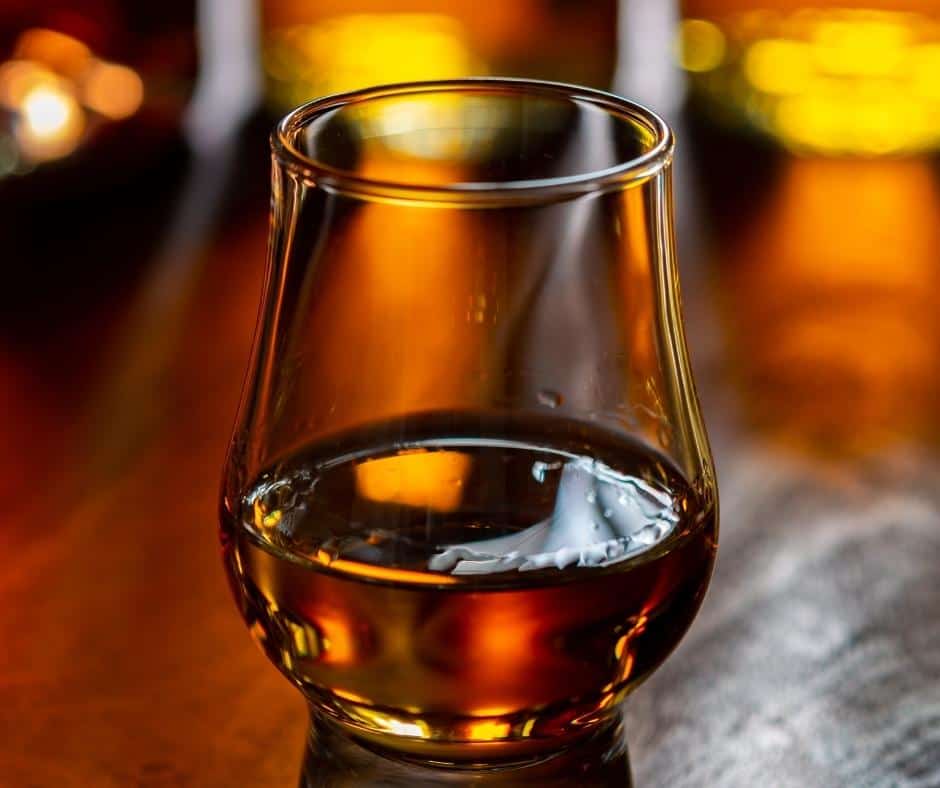
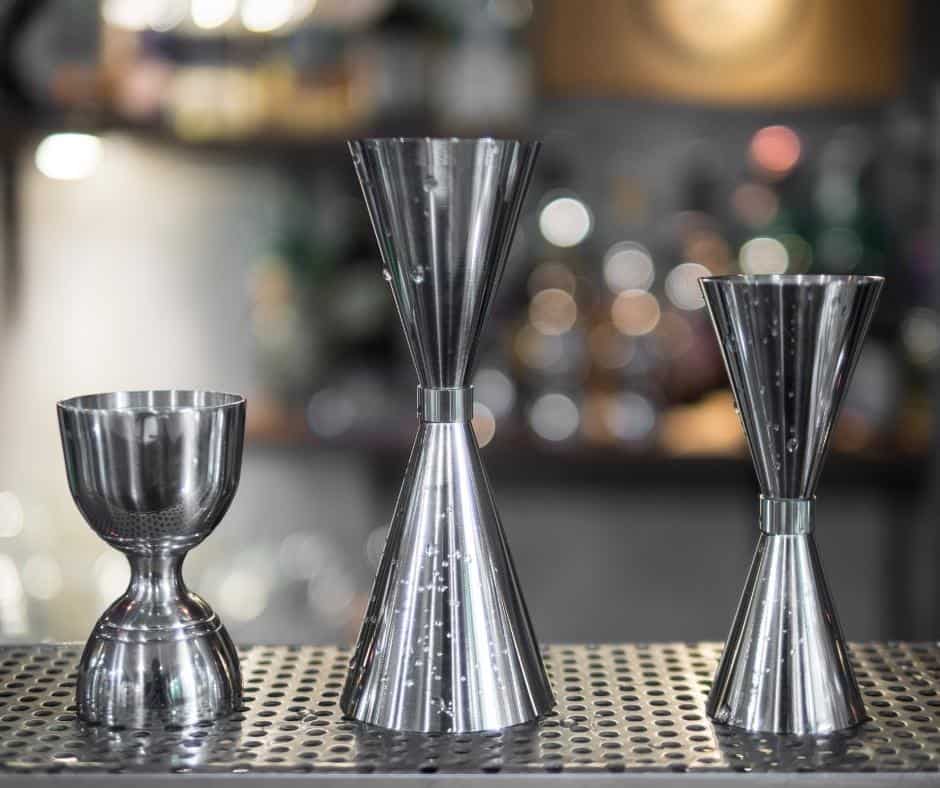
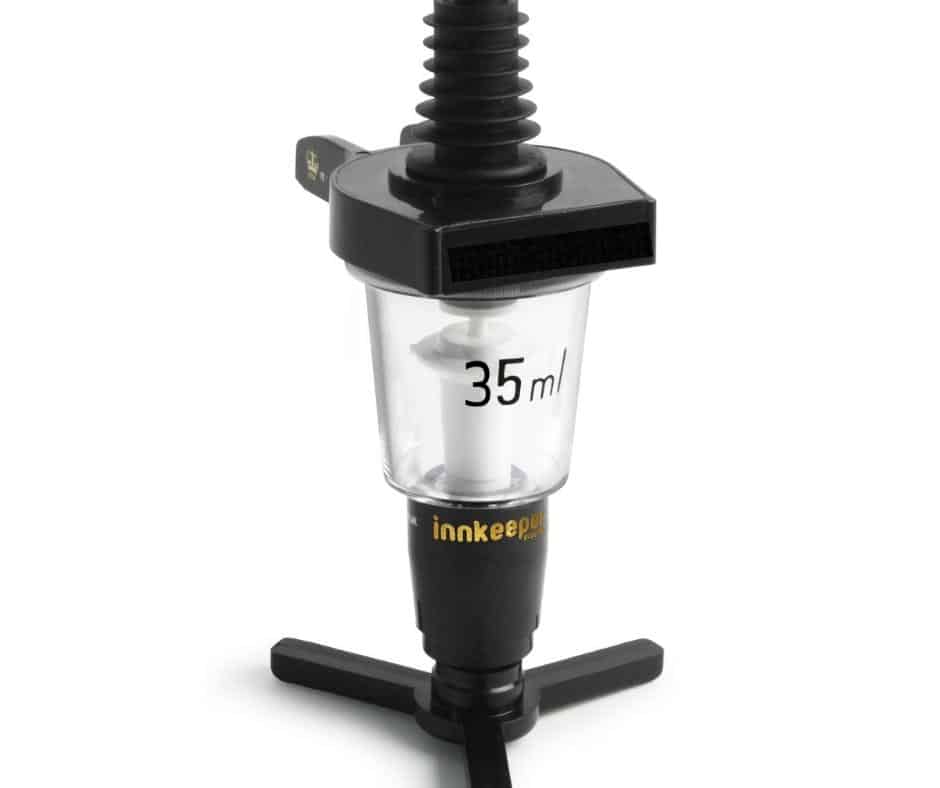
If you want more than one shot, then ask for a “large” or a “double.”
Often it’s just called a “nip” or a “dram” both mean the same thing.
A single pour.
The word “dram” is usually reserved for ordering whisky, although “Nip” can be used with no bother.
I would hear the call for a Nip of Vodka but never a Dram of Vodka
If you want more than one pour, ask for a “large”, and you will get your two shots.
Ice is not routinely put in the glass during serving. If you want ice, you should ask for it at the time of ordering. “Vodka and ice, please.”
Same with non-alcoholic drinks. Make sure you ask for ice if you want it. This request will get you 2 or 3 cubes.
Should you want your glass filled to the brim with ice (American style), you should make this clear as it is not usual to be served with that much ice in Scotland.
If you want a cola, then be aware that not all pubs will have a dispensing machine, especially smaller village ones. You will be given a standard 330 ml can of cola.
It is inconvenient to get a can if you want a splash of mixer or just having one drink, as it drives up the price of the drink considerably.
Ordering Whisky – Myth Busting
Let’s settle the argument about ordering whisky.
Order “A Whisky” in a regular pub in Scotland. You will get a single shot of a blended whisky that is the most popular (and usually cheapest) that is served from an optic behind the bar. There may be a choice of 2
If it’s on an Optic, it is very unlikely to be single malt or an expensive blend
Your whisky will be served without ice and water by the Barkeeper.
More expensive blended or Malts will be displayed behind the bar on a shelf. Traditionally the more expensive offerings will be higher on the shelves.
A “Top Shelf” whisky will be of good quality, and in some specialist bars, it will be exceptional – and expensive.
I suggest you ask the price of a Dram before ordering a top-shelf whisky or have a good credit limit on your card.
A dram from the Top shelf
The Macallan 1926 60-year-old single malt from cask number 263 had been described as the “holy grail” of whisky.
At more than £50,000 a dram, you might expect it to taste spectacular.
The Barkeeper will often move the jug of water closer to you if it is out of reach. Should you want the staff to put ice in your whisky, you need to stipulate how many “Lumps” of ice you want.
However, it’s normal to help yourself to ice if there is an ice bucket on the bar counter.
With a blended everyday whisky in front of you, it is entirely up to you how you drink it. Add ice and water in any quantity you want. It’s your drink and up to you.
If you want coke, ask. Whisky and Dry Ginger is a tasty combination with or without ice.
When it comes to the more expensive single malt whisky, it is presumed you enjoy that brand for its Taste and “Nose.”
Therefore there may be some amazement should you want to add anything that will change the taste or nose of the Malt.
Some drinkers add some water to ‘open up the taste of the whisky. Once again, how you drink your whisky is up to you alone.
I add water to a blended whisky or a lump of ice and let it melt. When it comes to Malt, if it’s a peaty whisky, I don’t add anything.
With other malts, if I am drinking it on its own, I might add a small amount of water. Still, if I am drinking it alongside a beer, I will drink it neat as I like the sharp contrast in taste between beer and whisky.
So enjoy your whisky your way. There is no right or wrong
How to order a beer
Beer is served in half-pint or one-pint glasses. (284 ml & 568 ml).
Just for information
You may notice that I use “Tennents” as an example. I had to choose one beer to use. Tennents Lager is the best-selling beer in Scotland. I am not associated with Tennets in any way.
Bottle beers are typically served in the bottle, but you can ask for a glass if you wish. City bars may not allow the bottle to be given to the customer.
When ordering a beer, it is understood that you want a pint. So asking for a Tennents will automatically get you a pint. “Tennants Please”
If you want a half-pint, then you need to ask. “Half of Tennents, please.”
Asking for half a Tennants is the correct term. “284 ML of Tennants please” will get you a baffled look
The term small beer or large beer is not used.
Scots prefered drink in a pub is whisky – well, no actually
You might be surprised to learn that most Scots are not whisky experts.
They will know what blend of whisky they prefer on display in the Pub, and they will have a preference for one or two Single malts, and that will be it.
When I was running my Pub, vodka was more popular than whisky, and the younger crowd were much more interested in Alcopops or “Jack and Coke.”
Now you know how – let’s explore what
There is a multitude of choices in any pub. Hopefully, you will be feeling adventurous and not stick to the drink you are used to at home.
I recommend you choose a beer “On Tap’
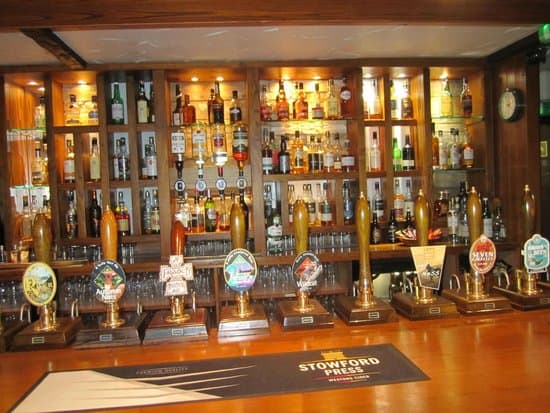
The beer is poured from the dispensers aligned along the Bar and will be clearly marked and will have the alcoholic strength displayed from 3.5% to 5%
The three main choices in the style of beer are
- Lager, also known as Pale Ale. “Tennents” is the leading example.
- Export is sometimes called ‘heavy.’ for example “McEwans Export.”
- Stout such as “Guinness” (might be sold from bottles) LINK
Lager is served chilled, at 3 to 6 Degrees C, but Export / Heavy is at cellar temperature, around 12 Degrees C
If you feel overwhelmed, ask for ‘half a Tennents’ and work your way around the various offerings until you find your choice.
But maybe not all during the first evening, or you might be calling your friend “Huey” on the ‘great white telephone’ later on.
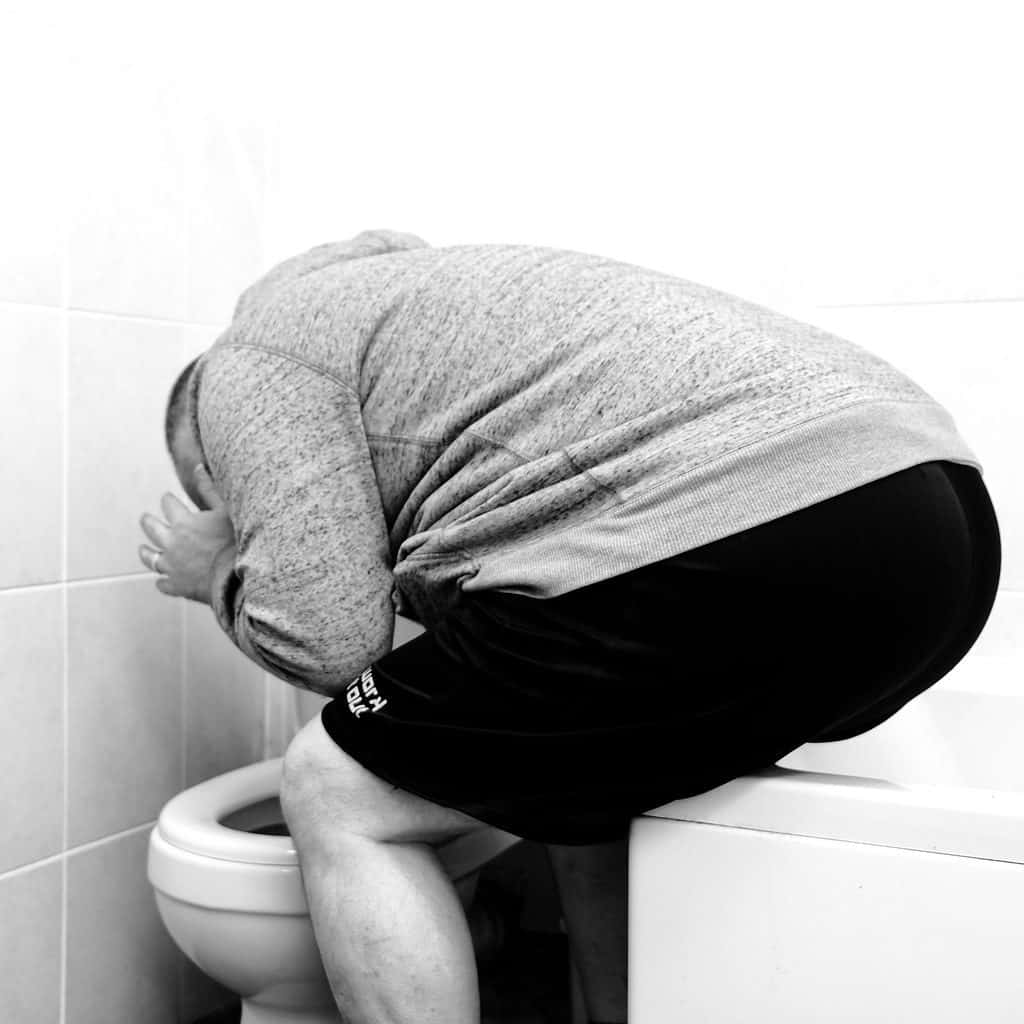
City pubs will generally have a wide selection of drinks, including some wines and maybe a few cocktails and, more frequently ‘Real Ales.”
Outside of the city centres, the selection is more narrow and reflects the local’s preferences.
Real ales – Craft Beer
Another beer category is getting more popular and seen in more pubs each year, including Village Pubs.
It has several names for its Niche.
- Real Ales
- Craft Beer
- Hand Pulled
- Cask
- Guest beer
They all refer to beer that has been produced by “Micro Breweries”. Small independent beer makers that brew beer, sometimes from not much space than a large garden shed
Some good names for Real Ales are
- Sheepshaggers Gold.
- Nessie’s Monster Mash.
- Santa’s Swallie.
- Terror of Tobermory.
- Ladeout.
- Kilt Lifter IPA.
- Double Espresso.
- Simmer Dim.
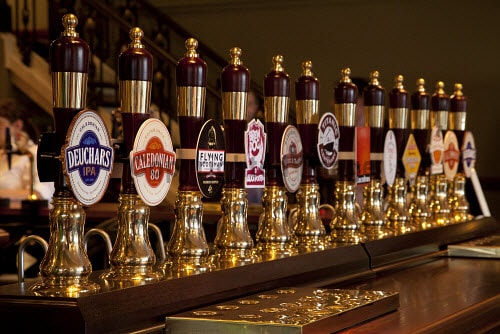
Some pubs change their “Guest Beer” regularly while keeping 1 or 2 favourites available at all times.
There is lots of fun to be had exploring the multitude of tastes of Real Ale – be careful mind, the alcohol content is often a lot more than standard beer.
It is a wise move to drink half pints only until you settle on your favourite.
CAMRA – the Campaign for Real Ale has an informative website.
Adapt or Die
Pubs in every corner of the UK over the years have had to adapt to the ever-changing requirements of society, and Scottish pubs are no different.
There will always be a place for what is becoming a niche market of old-fashioned pubs. These places focus on beer and whisky with only a passing nod at food or clientele other than the working man.
The fishing towns and villages, especially in the northeast, are a stronghold for this business style.
In March 2006, Scotland was the first in the UK to ban smoking from all pubs and bars. Many people feared that it was going to be the death of pubs.
Indeed, some pubs experienced a drop in business at the beginning. I was running my hotel/bar/pub at this time.
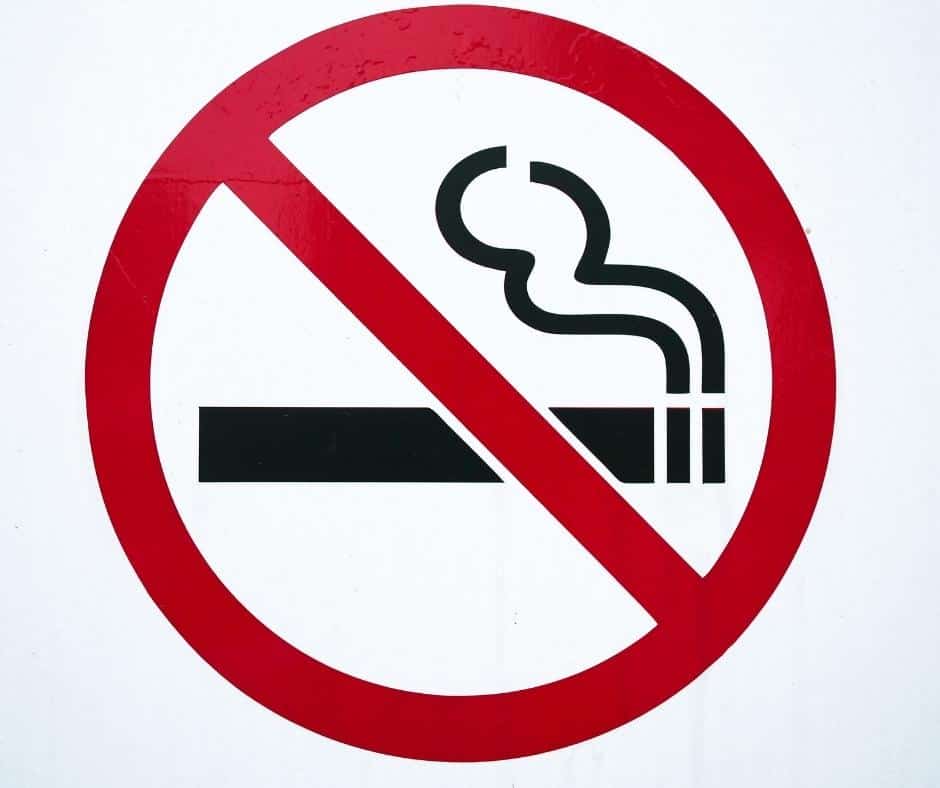
However, many, including myself, lost some and gained more, as the fog of cigarette smoke drifted out of the window; new customers drifted in the door.
Pubs that adapted to the new style of family customers started to flourish. Those that did not are now history, a sad loss but inevitable.
The move towards Food First
Most successful pubs give as much, if not more, attention to selling affordable local food as they do drinks.
Many of these pubs now offer a more diverse range of Craft and guest beers.
These businesses have had a complete switch around. 70% of their revenue comes now from food.
Many pubs can rival the best restaurants with food quality at a fraction of the price.
Some of these pubs are now termed “Gastropubs” and have an extensive menu and table ordering.
So you can get your beer and Haggis at the same place – A crowd-pleaser
Bar Meals
You may come across the term “bar meals.” or “Pub Grub.”
It is slightly confusing as a ‘bar meal’ used to be food ordered, served, and eaten at the Bar.
Nowadays, it signals that the food being served will be more traditional food. It is often ordered at the Bar but may be served at the table.
Think fish and chips, scotch pie, roast chicken, or gammon steak.
Should you wish to experience day-to-day food for Scots, then a pub serving “Bar Meals” should be top of your list.
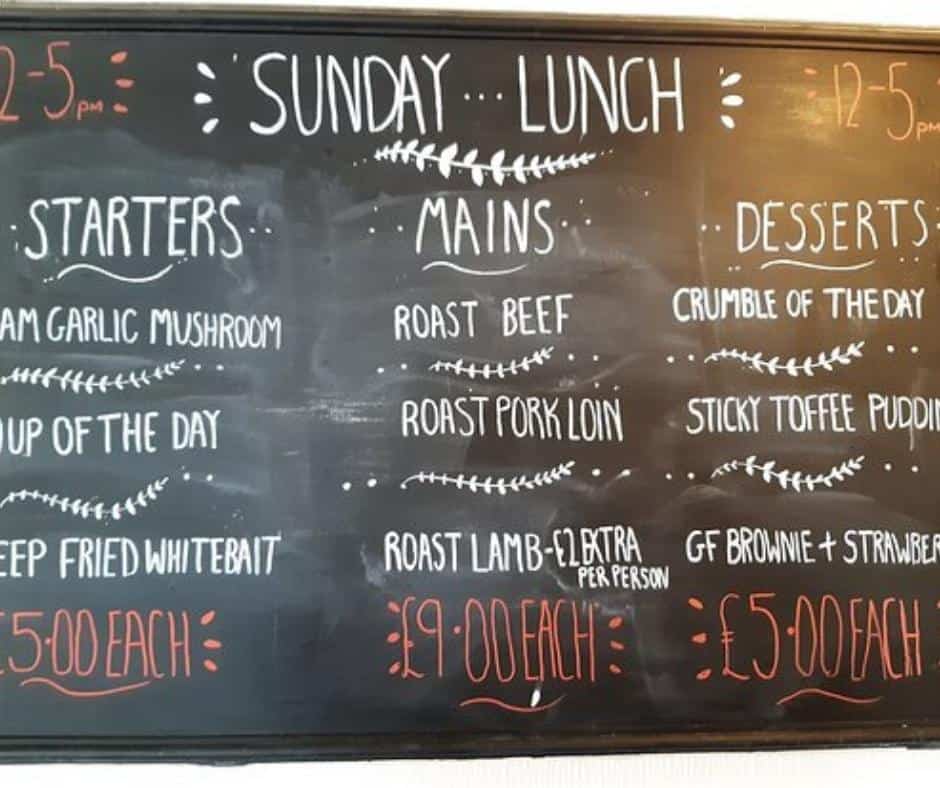
Most places will have some sort of signboard outside, often written in chalk with the days offering and prices.
The prices are also a good indicator of the food and style of the Pub you are considering.
Should the main meals be hovering around the 10 Pounds mark you are looking at an unpretentious pub that will sell decent everyday food and will usually have a relaxed, welcoming ambience inside
Tipping
Tipping is very unusual in a Scottish Pub. It is nice to leave wait staff who have served food at your table a small tip.
In the UK tips are not factored into the pay scale. Pay remains the same customers or not.
I think this is one of the reasons that folk praise Scottish people for their (normally) good service and friendliness. They do it from the heart and not for tips.
If you feel the need to leave the Barkeeper a tip, then say “one for yourself” as you order your last drink.
The Barkeep will either pour themselves a drink or, most usually, take a standard drink’s value and keep it as a tip.
Staying safe
Some Scots have an unhealthy connection with drink, and it is not a proud fact that we have more deaths from alcohol than anywhere else in the UK.
Most places monitor the mood and tolerances of their customers very well, and it would be rare indeed if you encountered any unpleasantry.
As a non-local, others would be quick to come and defuse any situation. However, here are some pointers
Monitor the atmosphere of the Pub, especially as the night advances. Change topics of conversation if the smiles and jokes are starting to dry up.
It would be almost unheard of for problems to occur while sitting at a table.
Leave politics and religion alone – we don’t understand yours, and you don’t understand ours.
Don’t get offended by swearing – it’s part of the Scots language. Banter (put-downs) can be brutal but not meant personal.
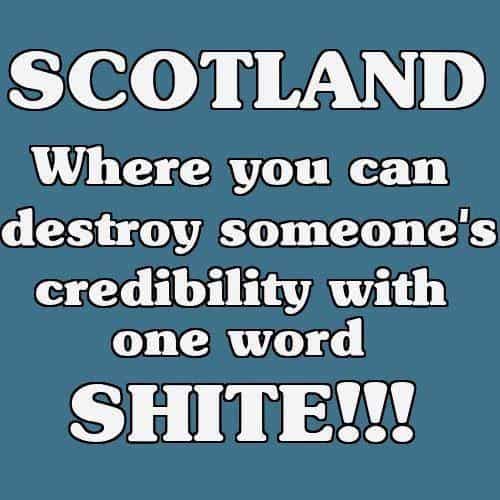
The drink driving limits in Scotland are low and strictly enforced. If you are going to drive, DO NOT DRINK.
Limit yourself carefully the night before you intend to drive in the morning
Last Orders
As we are concluding your Education, a few final words before you weave your way home
About 20 to 30 minutes before the end of the prescribed allowed drinking time, usually around 11 pm during the week but later at weekends and holidays, you will hear “Last orders.”
These dreaded words will be joined by a ringing of a loud ship-style bell
This is the last chance to get a beer before closing time. At the time when no further drinks are by law allowed to be sold, the warning, “Time” will be called
You then have a short time to finish your drinks and leave the pub.
Last Orders Please – In conclusion.
People on social media often ask where they can experience the real Scotland.
Where to eat Scottish food, and how to meet normal Scots people and experience Scottish hospitality, banter, and culture.
GO TO THE PUB
I hope you have enjoyed learning about Scottish Pub culture. I am happy to answer any questions and read your comments below.
Cheers, Slainte, it’s your round.
So “Time”, “ladies and gentlemen PLEASE”
and leave me your thoughts below

